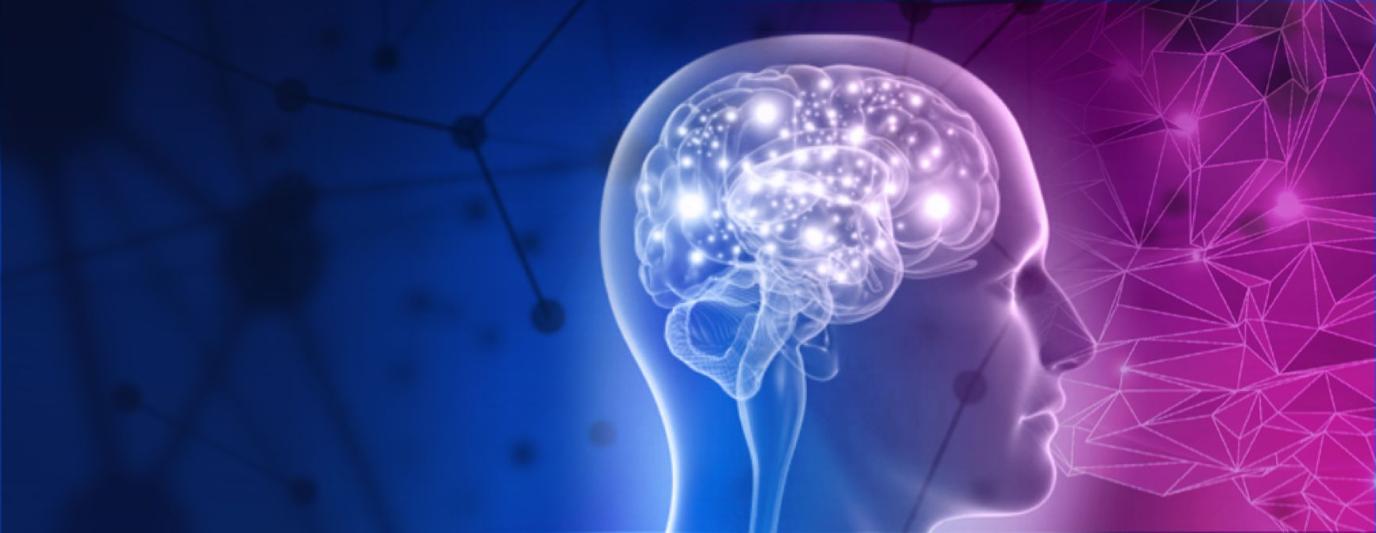What Are the Best Ways to Use Neuroscience to Create a More Engaging Shopping Experience?
The realm of neuroscience has opened up a new frontier in understanding consumer behavior, presenting retailers with unprecedented opportunities to create shopping experiences that resonate deeply with customers. This article delves into the intricate interplay between neuroscience and shopping behavior, exploring practical applications, ethical considerations, and emerging trends in this captivating field.

Understanding The Neuroscience Of Shopping Behavior
To effectively harness neuroscience in retail, it is essential to comprehend the intricate workings of the brain during shopping decisions.
- Key Brain Regions Involved:
- Prefrontal Cortex: Governs decision-making and impulse control.
- Limbic System: Processes emotions and rewards, driving impulsive purchases.
- Basal Ganglia: Responsible for habit formation and routine shopping behavior.
- Psychological Factors Influencing Shopping Behavior:
- Motivation and Goals: Personal desires and objectives shape shopping choices.
- Emotions and Moods: Emotional states significantly impact buying decisions.
- Attention and Perception: Visual and sensory cues influence product preferences.
- Memory and Learning: Past experiences and associations affect shopping behavior.
Practical Applications Of Neuroscience In Retail Environments
Neuroscience-based insights can be translated into tangible strategies to enhance the shopping experience.
- Store Design and Layout:
- Creating a Stimulating Environment: Multisensory experiences engage customers.
- Optimizing Product Placement: Strategic positioning influences buying decisions.
- Color Psychology and Lighting: Colors and lighting evoke emotions and guide behavior.
- Product Design and Packaging:
- Sensory Elements: Incorporating textures and scents enhances appeal.
- Emotional Packaging: Designs that trigger positive emotions drive sales.
- Haptics and Tactile Feedback: Touch sensations create a deeper connection.
Personalization And Customer Engagement

Neuroscience can personalize marketing messages and enhance in-store experiences.
- Tailoring Marketing Messages:
- Neuromarketing Techniques: Understanding motivations drives effective messaging.
- Personalized Recommendations: Past behavior guides tailored product suggestions.
- Interactive Digital Experiences: Engaging content fosters deeper connections.
- Enhancing In-Store Customer Experience:
- Facial Recognition and Emotion Detection: Technologies personalize assistance.
- Personalized Assistance: Tailored recommendations enhance customer satisfaction.
- Interactive and Educational Displays: Engage customers and educate them.
Ethical Considerations And Future Directions
Balancing commercial interests with consumer well-being is paramount.
- Balancing Interests:
- Avoiding Manipulation: Deceptive practices undermine trust.
- Transparency and Consent: Customers should be informed about data usage.
- Emerging Trends and Innovations:
- Brain-Computer Interfaces: Immersive shopping experiences.
- Neuromarketing Research: Uncovering subconscious influences.
- Artificial Intelligence and Machine Learning: Personalization at scale.

Neuroscience has revolutionized our understanding of shopping behavior, opening up a world of possibilities for retailers to create engaging and memorable experiences. By delving into the intricacies of the brain, retailers can tap into the emotional and psychological drivers of consumer behavior, personalizing marketing messages, optimizing store design, and enhancing customer engagement. As neuroscience continues to evolve, the future holds even more transformative opportunities for retailers to connect with customers on a deeper level, driving loyalty and growth.
YesNo

Leave a Reply